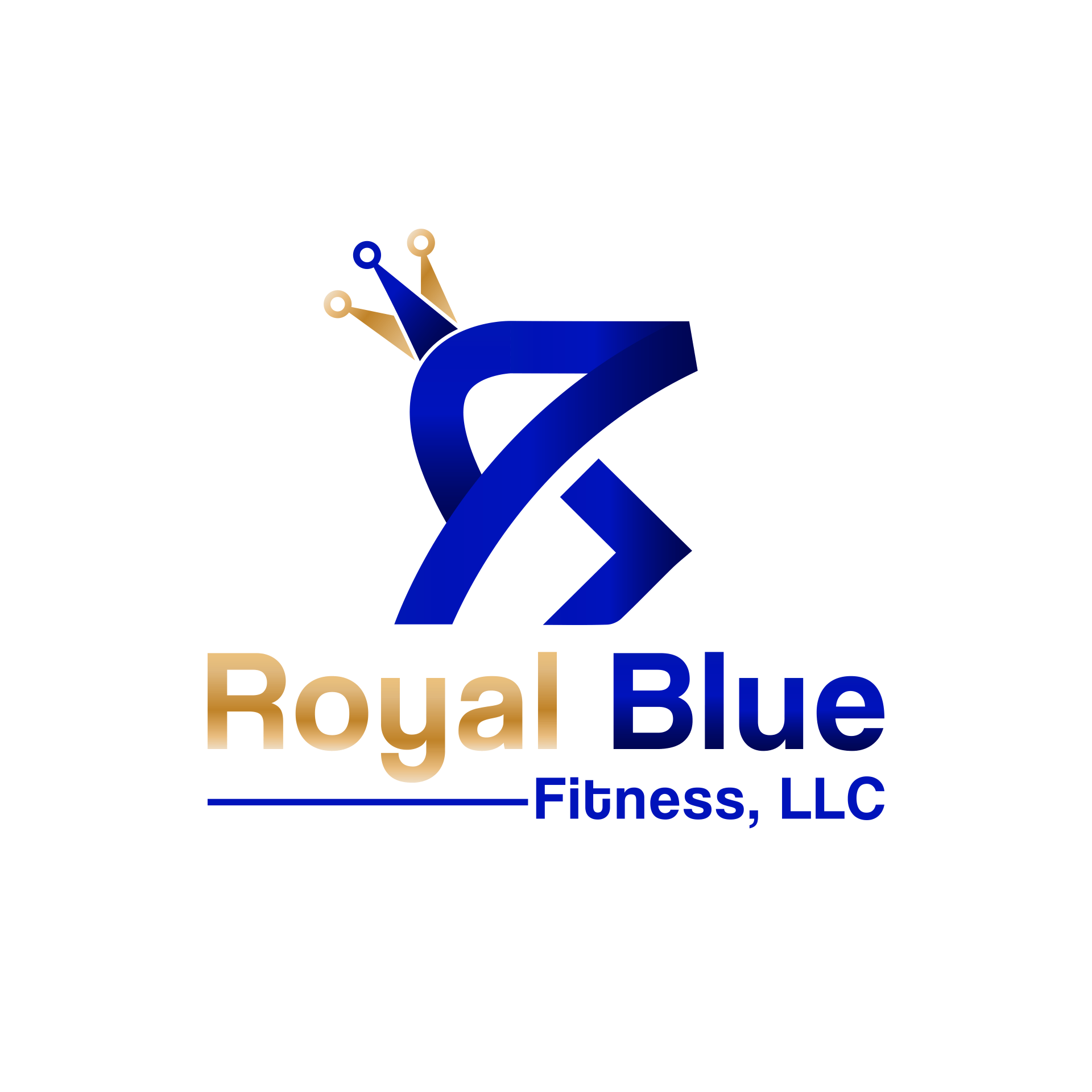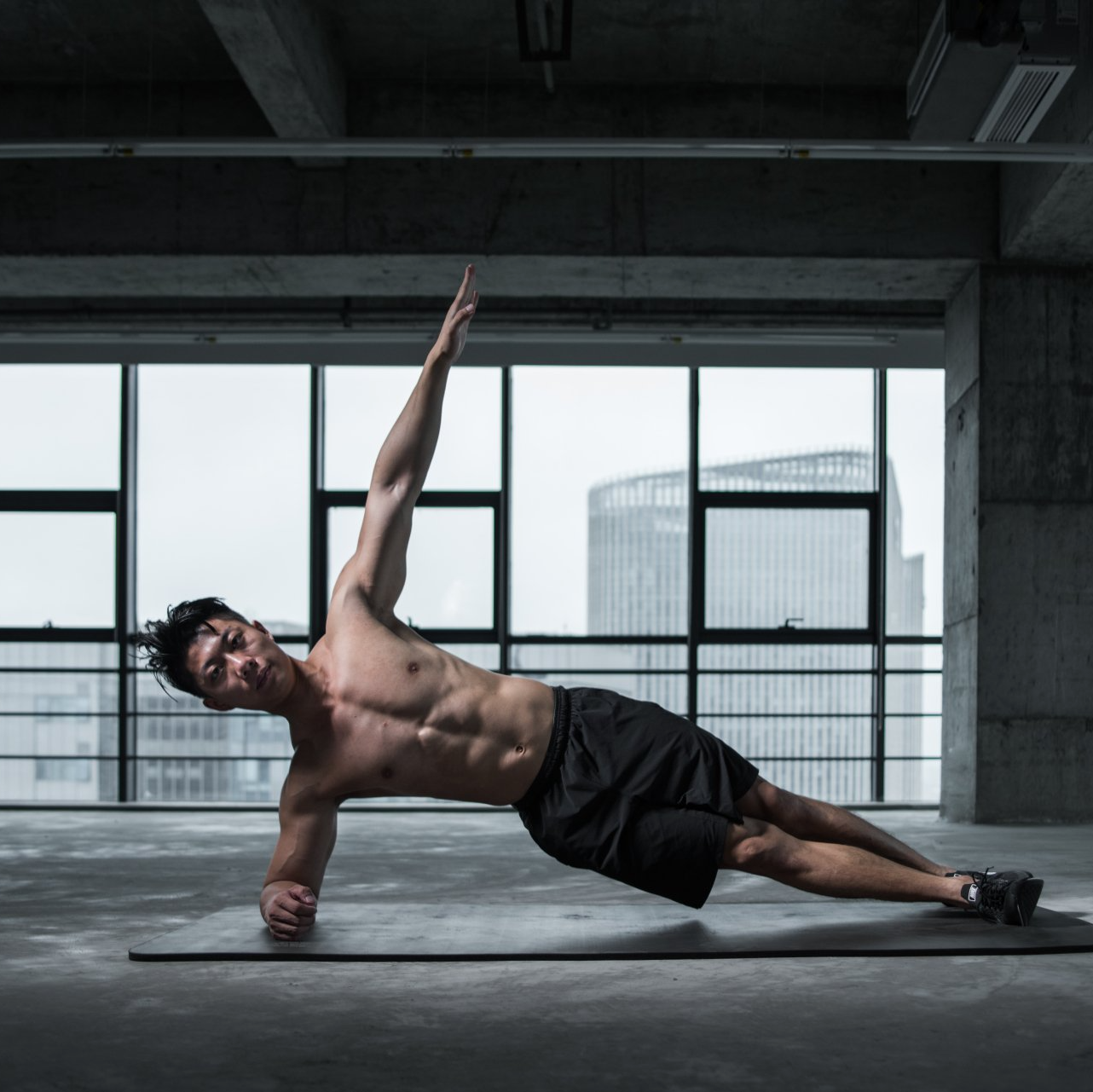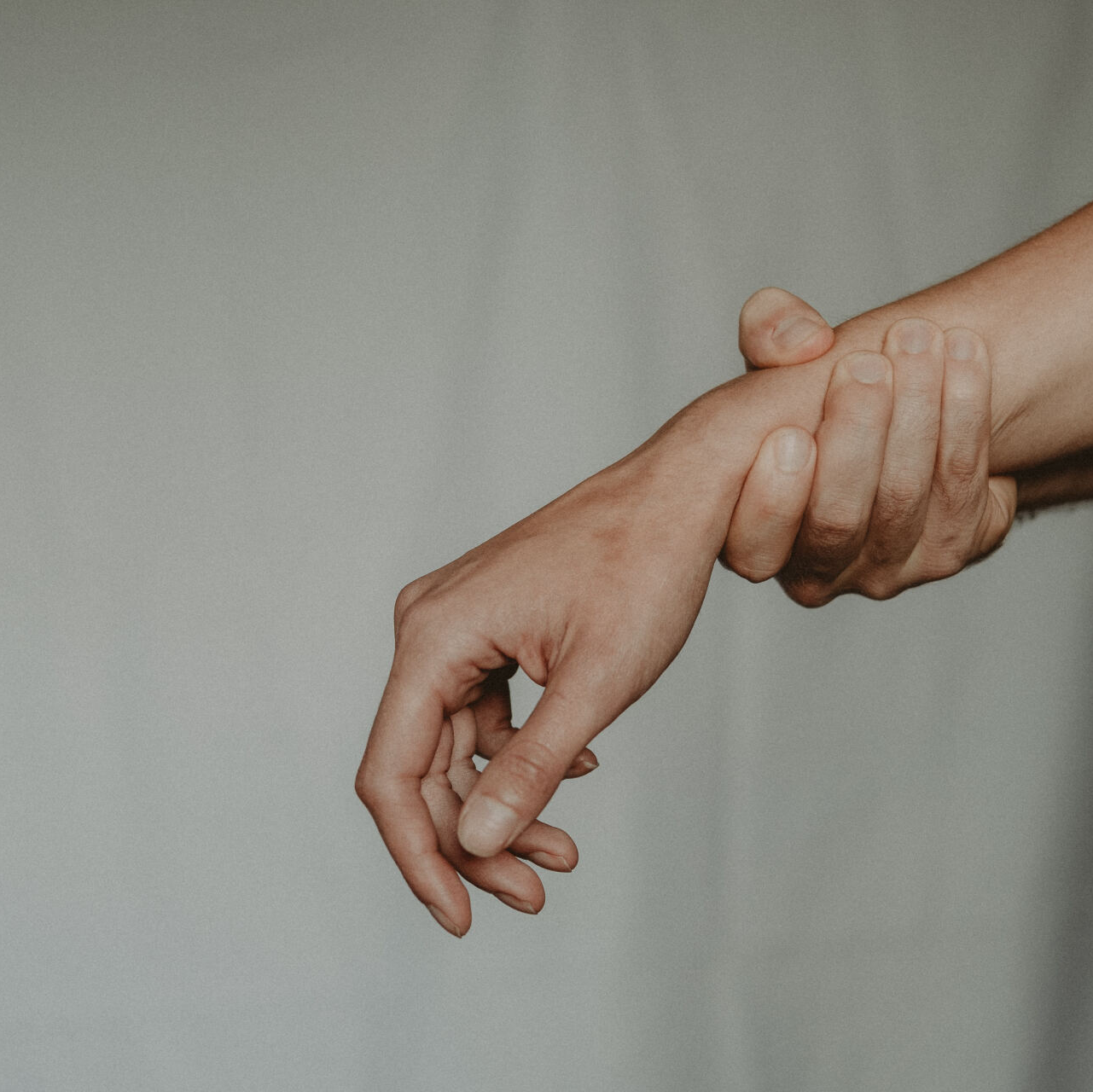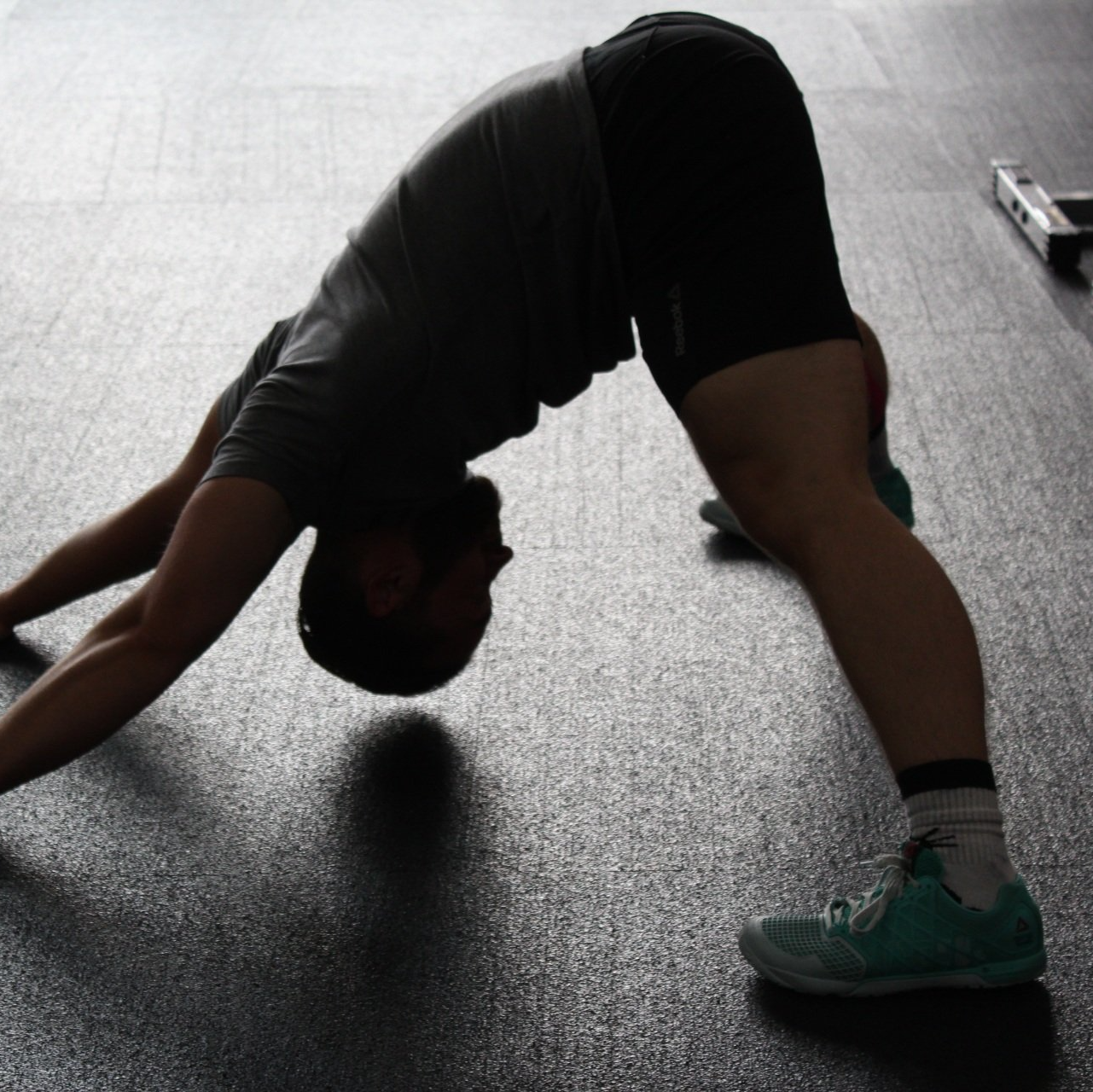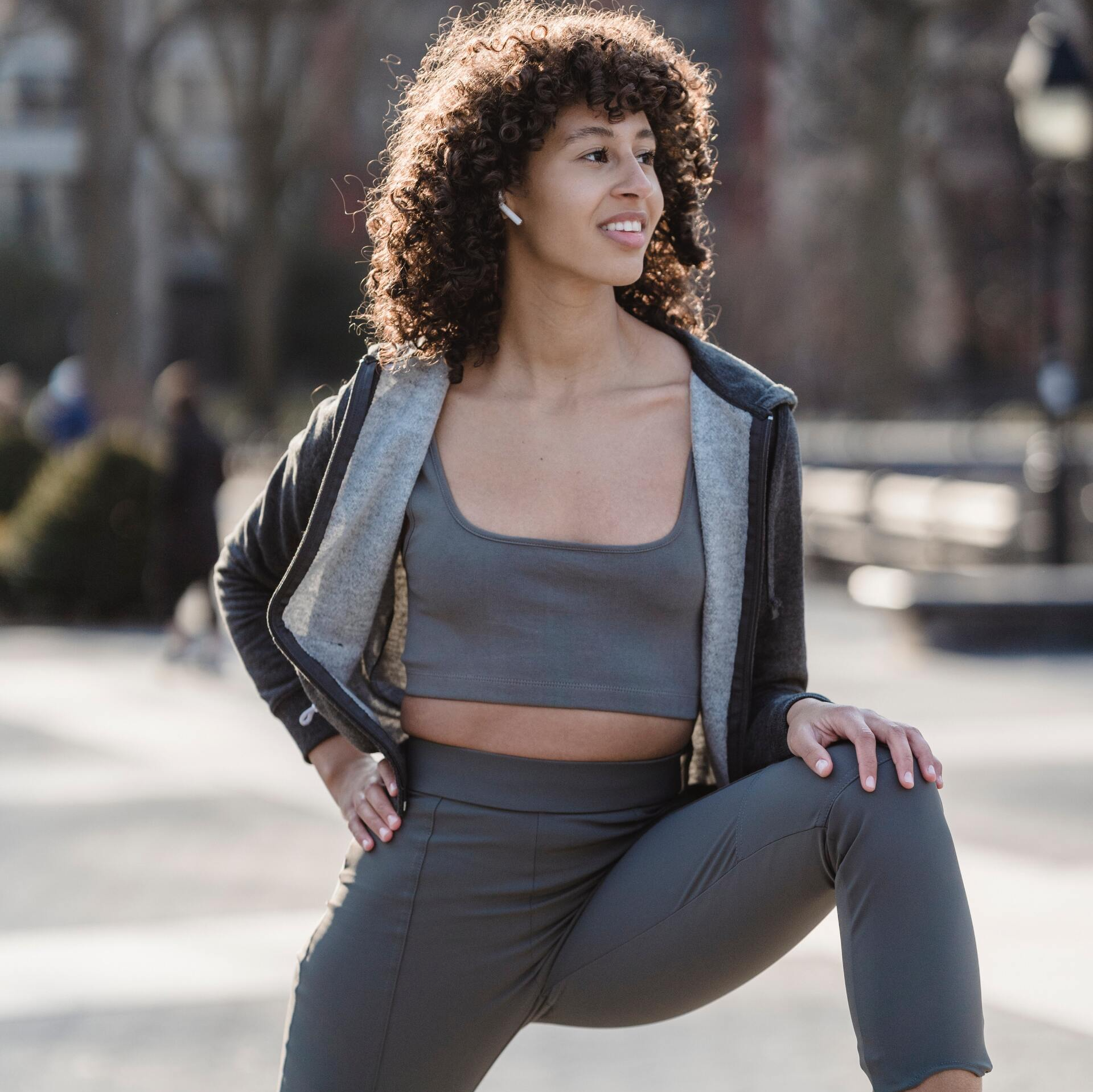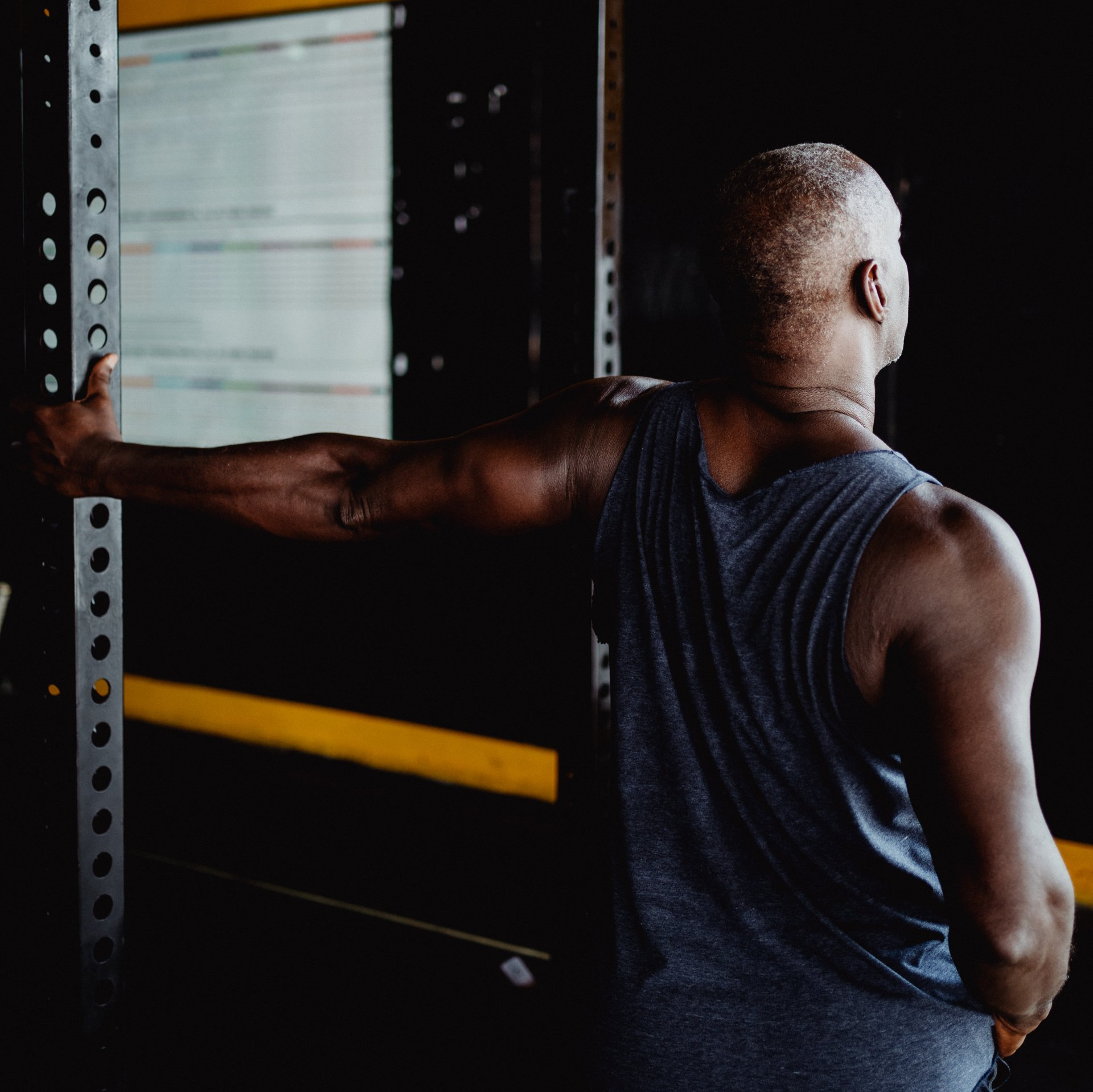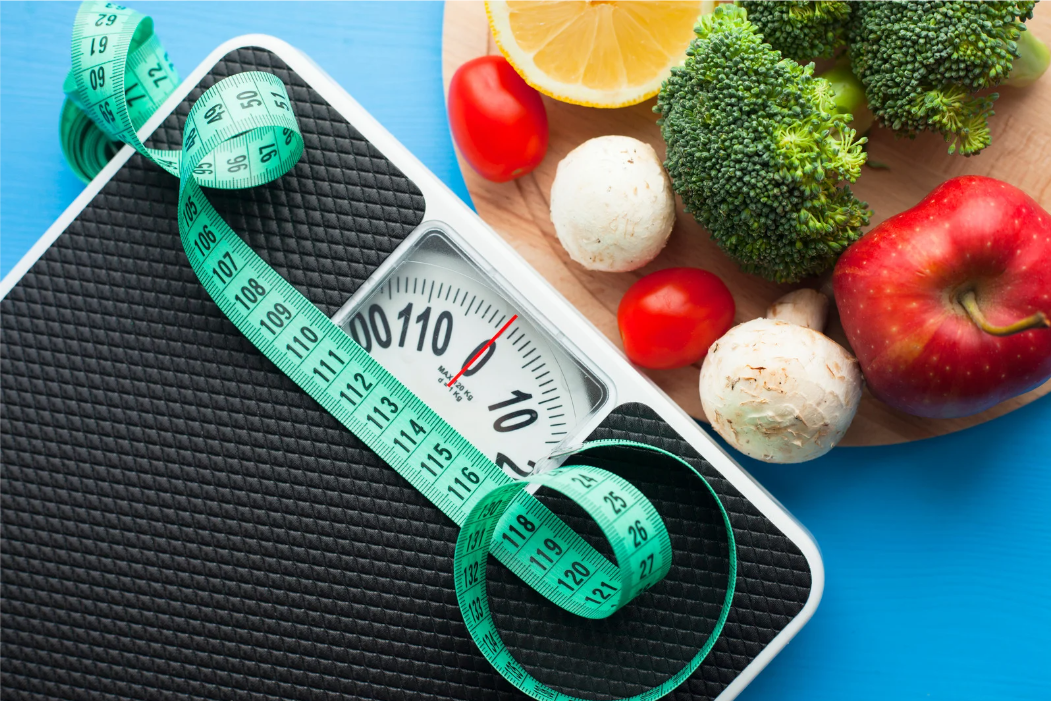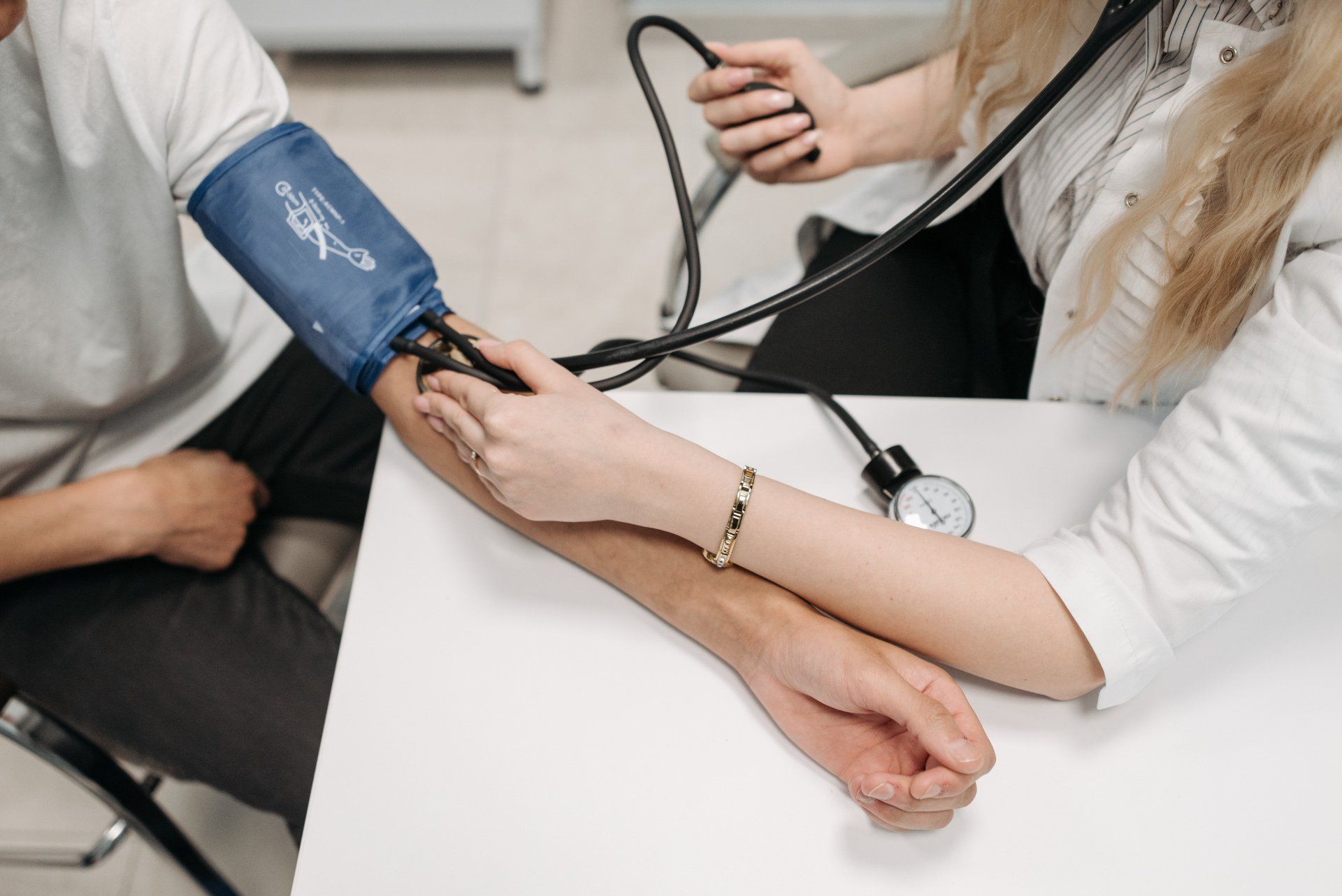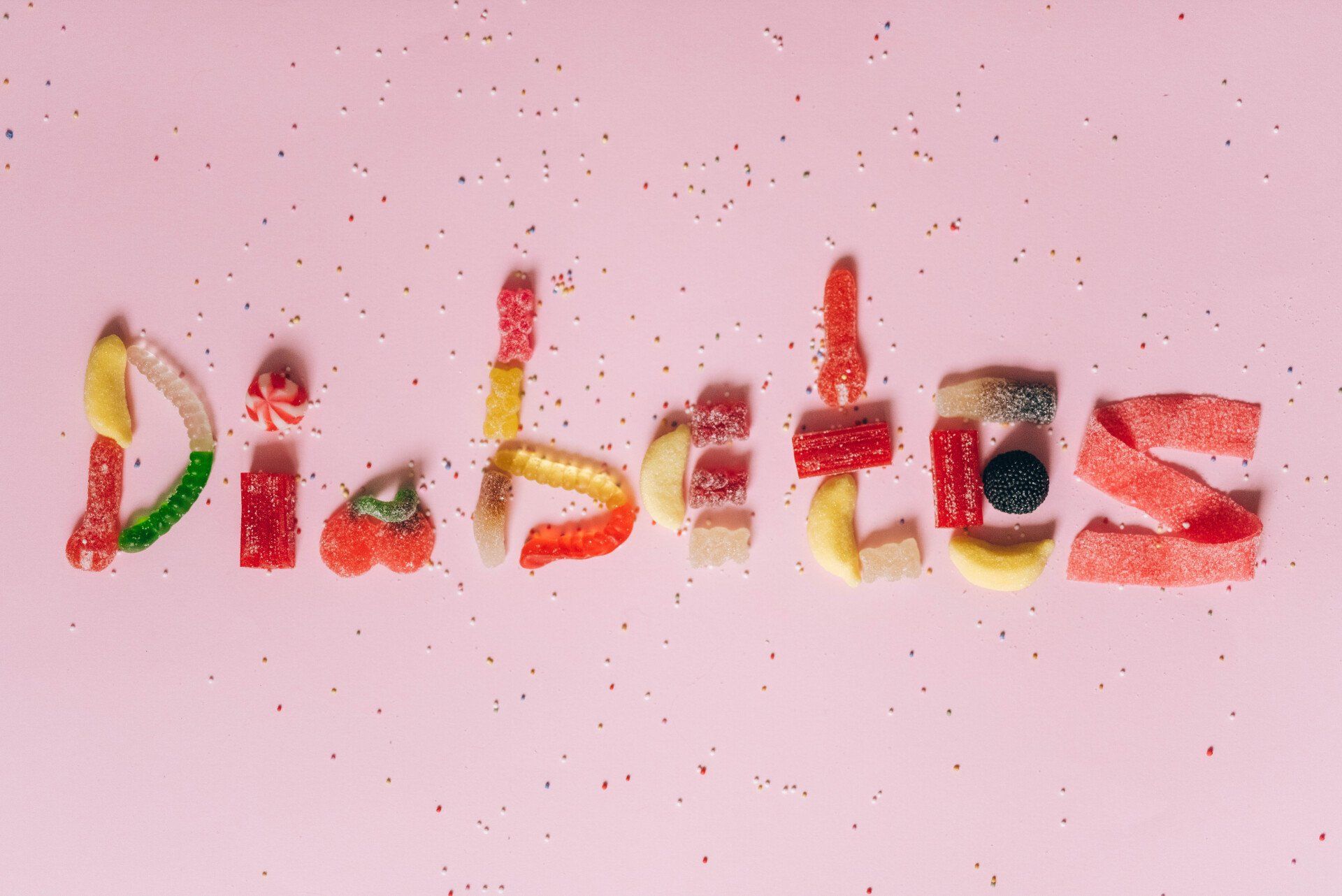It is common for folks to want to lose inches off their waist. A misguided bit of fitness fiction is to work on your abdominal muscles to trim down the fat around the waist. I'll leave that topic for another article. Those who train abdominal muscles at all tend to go to planks, crunches, and sit-ups. The abdominal wall consists of three main muscle layers: rectus abdominis, obliques, and transverse abdominis. Planks are a great isometric exercise, and crunches and sit-ups are great at working the rectus abdominis. These exercises are an excellent way to start but are lacking when it comes to training the obliques and transverse abdominis.
It's imperative to understand the functions of each abdominal muscle. The rectus abdominis allows you to flex your torso forward. The obliques allow unilateral bending to the sides and rotate the trunk. The transverse abdominis will enable you to turn the torso, increase intra-abdominal pressure (bracing maneuver), and stabilize the core. A series of exercises requiring bracing, bending laterally, and rotation are recommended, such as Russian twists and chops are used to strengthen obliques and transverse abdominis. Strengthening all three abdominal muscles leads to less low-back pain and better posture. It allows more stability to do everyday activities such as tying your shoes and picking up items from the ground.
